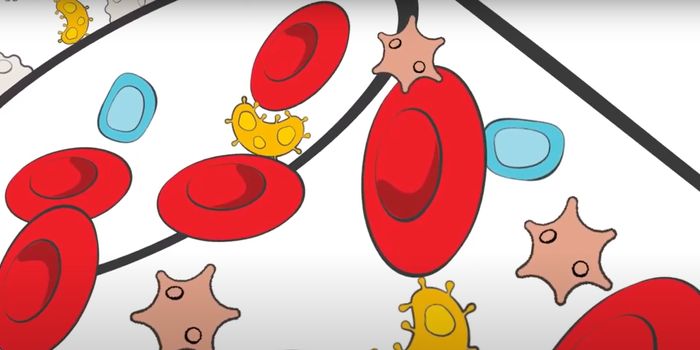The popular spinning toys that seem to be everywhere now are being promoted as a gadget to help kids focus. The concept of fidgeting and children with ADHD or other special needs like autism is not new, but these little devices are one of the more recent ways educators and parents are trying to help students. The spinners are small and can fit in a jeans pocket or hung on a backpack. Some say that by twirling them, kids with attentional issues can concentrate better. The science on that remains to be seen, however the physics behind the smooth whirring toys is real.
The basic premise is the concept of angular momentum. One of Newton's Laws is that an object in motion tends to stay in motion unless acted on by an external force. An object that is spinning, has angular momentum and will keep spinning until an outside force is applied. An example of that force is friction, which will slow down a moving object. To eliminate that, the spinners have ball bearings at the center. These reduce the amount of friction on the spinning surface and keep it in motion. The concept is seen in skateboards and roller blades as well, to keep wheels moving smoothly. The better the quality of metals and materials in the ball bearing, the smoother, faster and longer the spinners will go.








